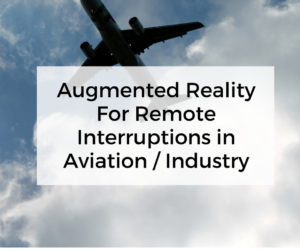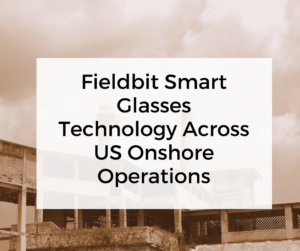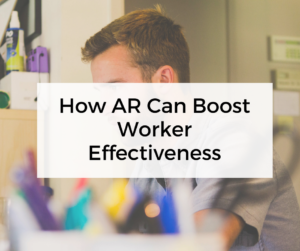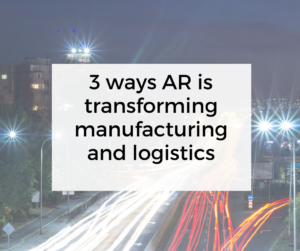PTC Unveils Reality Lab to Advance Adoption of AR

PTC has unveiled a reality lab that will advance the adoption and exploration of augmented reality technologies. A press release today announced the unveiling of Reality Lab, a test center led by researchers who will create applications that leverage augmented, virtual, mixed, and physical realities with the purpose of improving people’s interactions with their physical environments. The lab will apply human-centered design and human-computer interaction to new technology, empowering people with more intuitive and practical computer user interfaces for managing the next generation of networked computer systems.
An early believer in the potential of AR for industrial use cases, PTC acquired the industry’s most advanced and widely adopted Vuforia® AR technology platform for custom development in 2015. Since then, PTC has leveraged Vuforia to expand the capabilities of its market-leading ThingWorx® Industrial Innovation Platform. Building on its proven history in helping customers optimize their product design, manufacturing, and service initiatives, PTC is helping to bring the power of AR technology to these traditional business activities with the ability to visualize, instruct, guide, and improve interactions with physical things.
Full details from their press release can be found here.







